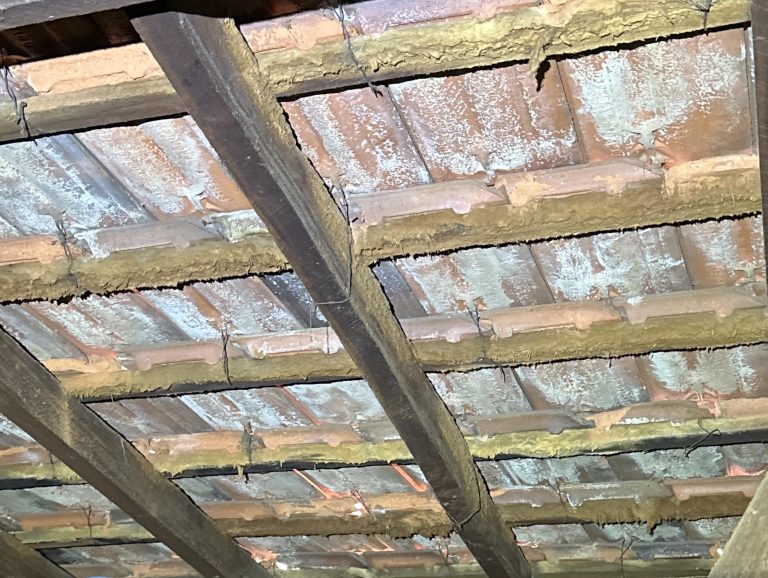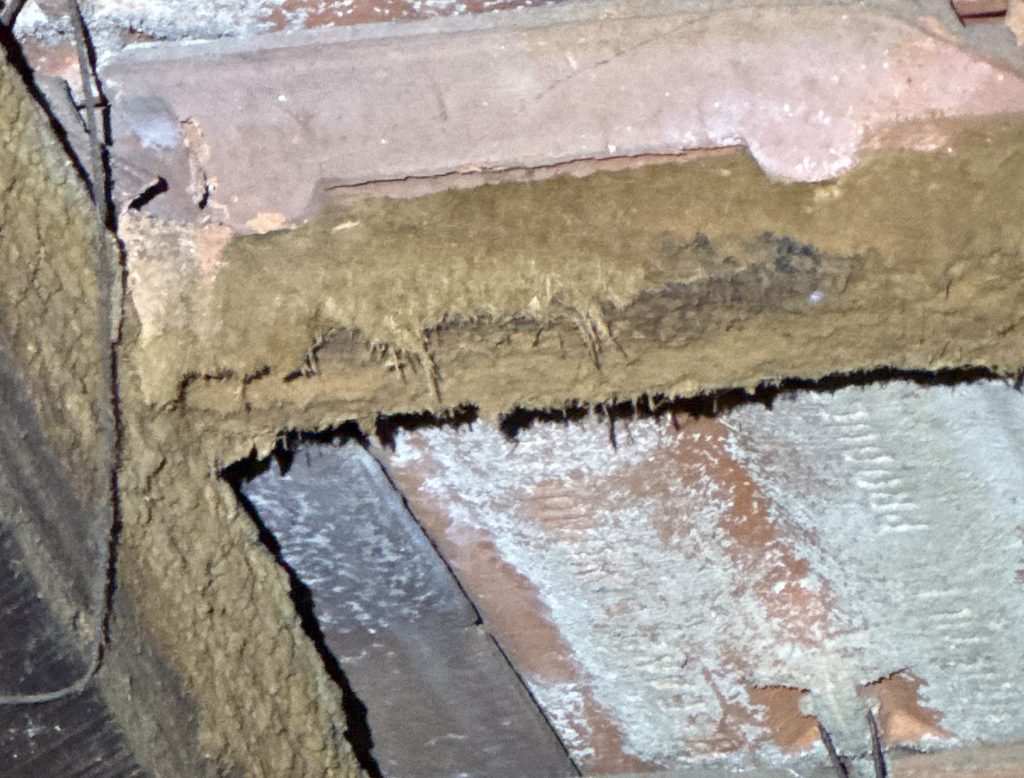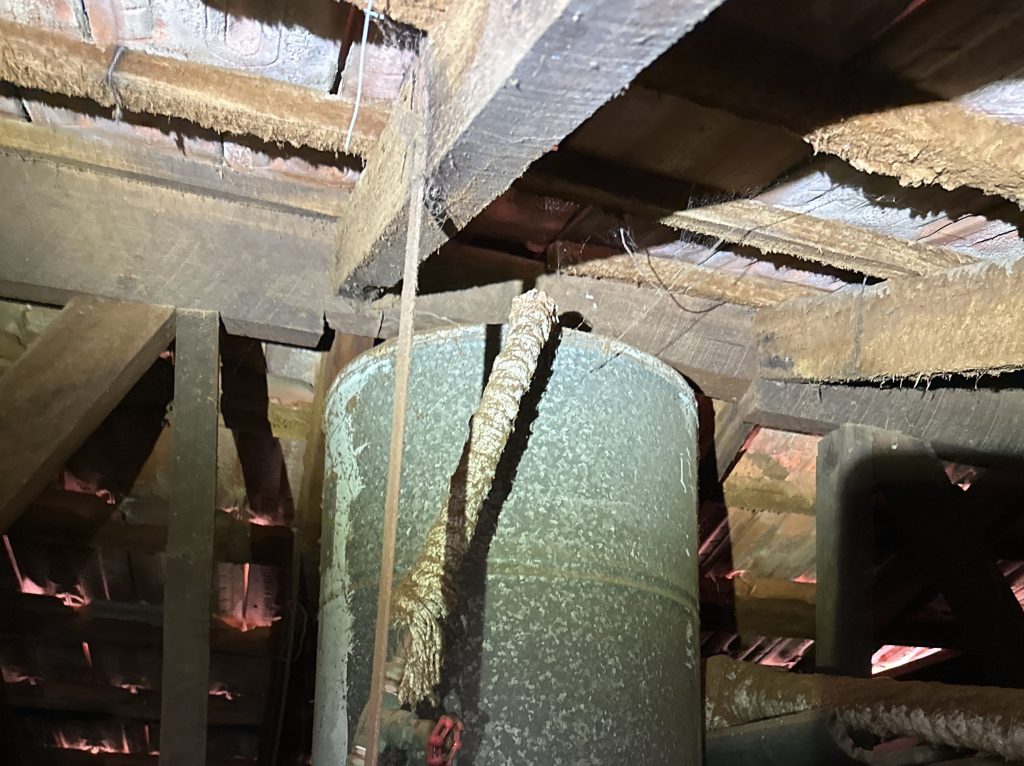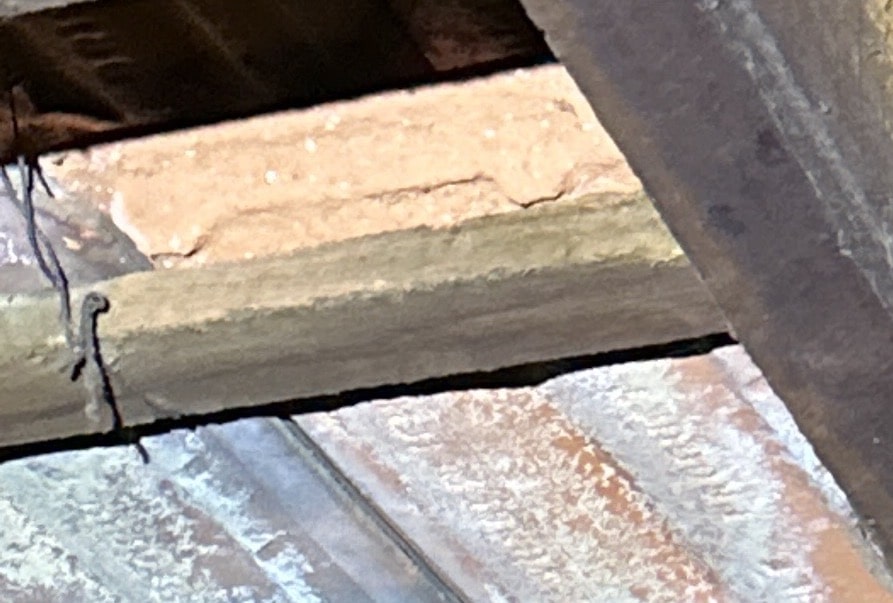Is Chemical Delignification of Roof Tile Battens a Structural Defect Dealbreaker?
So you’ve made an offer on the perfect house or have received an offer but you’ve been informed that there’s an issue of chemical delignification in your roof tile battens. The question arises: is this a major structural defect? Is this a dealbreaker?

Introduction
In the world of real estate, knowledge is power. If you’re in the market for a new home, the term ‘chemical delignification’ might sound daunting. Let’s empower you with the insights needed to make informed decisions, by understanding what chemical delignification means for homebuyers and homesellers, whether it is a major structural defect and how it can potentially impact your property deal.
We’ll begin by demystifying what Chemical Delignification is and it’s implications when occuring in roof tile battens.
What is Chemical Delignification?
Chemical delignification is the process where wood’s structural backbone, known as lignin, breaks down due to chemical reactions.
Lignin is what gives wood its strength and rigidity, making its deterioration a potential concern for homeowners.
This condition often stems from environmental factors, such as exposure to salt air or industrial pollutants, which catalyse the chemical reactions leading to lignin loss.
Over time, affected timber loses its structural integrity, posing potential risks to the building’s safety.
What are Roof Tile Battens?
Within roof structures, tile battens are positioned across rafters to serve as support for various roof tiles, including clay, cement, and slate.
These battens play a pivotal role in securing tiles against stormy weather, ensuring they remain in place.
Despite their importance for tile stability, it’s important to note that battens themselves are not considered structural components of the roof frame.
How to Spot Chemical Delignification in Roof Tile Battens
Spotting chemical delignification involves looking for specific signs that indicate the wood’s lignin has been compromised.
Homeowners can start by visually inspecting exposed timber for changes in texture, where the battens may appear dusty, eventually resembling a case of wood gone ‘hairy.’
These visual cues can be the first indication of chemical delignification’s presence.
However, identifying less obvious cases often requires the expertise of a professional building inspector, who can assess the extent of lignin loss and if it has become a safety hazard.
Engaging a specialist is critical because early detection can significantly influence the management and remediation strategies for affected timber.

Impact of Chemical Delignification of Roof Tile Battens on Home Owners
Understanding the implications of chemical delignification is essential for homeowners, as the issue can be slowed down by sealing the timbers.
For homeowners, this might mean facing repairs or replacements to ensure their home remains safe and sound.
However, not all instances of chemical delignification spell doom; the severity often depends on the extent of damage and location within the structure.
It’s important to consider both the immediate and long-term effects on a property.
In the short term, homeowners may not notice any significant impact, especially if the delignification is mild.
However, over time, as the structural integrity of the timber is compromised, it can lead to more serious issues. This includes potential safety hazards, which may pose a safety risk to inhabitants or contractors working on the roof.
The cost and extent of necessary repairs can vary widely, making it crucial for homeowners to assess the situation early on.
Implications of Chemical Delignification of Roof Tile Battens to Property Settlements
The discovery of chemical delignification in tile battens is a possibility during pre purchase building inspections.
The WA REIWA pre-purchase building inspection clause, based on AS 4349.1, outlines criteria for identifying major defects, including structural ones.
According to Appendix A of this standard, certain elements like roof coverings and non-structural components are excluded from being classified as major structural defects.
NOTE: The structural report should not contain any assessment or an opinion regarding the
following:
(a) Any non-structural element, e.g., roof plumbing and roof covering, general gas, water and
sanitary plumbing, electrical wiring, partition walls, cabinetry, windows, doors, trims,
fencing, minor structures, non-structural damp issues, ceiling linings, floor coverings,
decorative finishes such as plastering, painting, tiling, etc.
Consequently, wooden tile battens, as part of the roof covering system, don’t fall under the definition of structural elements classified as major structural defects.

What does Chemical Delignification of Roof Tile Battens mean for Buyers and Sellers?
As wood tile battens don’t fall under the definition of structural elements classifiable as major structural defects, chemical delignification of roof tile battens therefore does not constitute a major structural defect needing seller remediation under this clause.
Sellers: The identification of chemical delignification in tile battens, under the REIWA clause, does not necessitate remediation as a structural defect.
Buyers: Discovery of chemical delignification should prompt post-settlement remediation considerations, as it can escalate into significant issues. However, this might not activate the pre-purchase inspection clause.
These perspectives align with those of The Industry Association of Building and Property Inspectors in WA.
But what if my Pre Purchase Building Inspection Report lists it as a Major Structural Defect?
If your Pre Purchase Building Inspections Report makes mention of Chemical Delignification of root tile battens as a Major Structual Defect, you should have a conversation with the building inspector and reference the standard.
If they stand firm that it is still a major structural defect in his professional view and, in turn, results in the seller to rectify or provide compensation prior to settlement, you can seek a second opinion from another an independent building inspector.
Ensure that the building inspector whom you appoint has previously dealt with issues in this area. They can provide you with a independent report to the contrary to support your negotiations/position.

Conclusion
So in essence, no, Chemical Delignification of Roof Tile Battens will not be a dealbreaker for your property settlement. However, if you are a buyer and depending on the extent of the delignification, it may be a maintenance issue that needs to be addressed to ensure the integrity of your roof structure.



